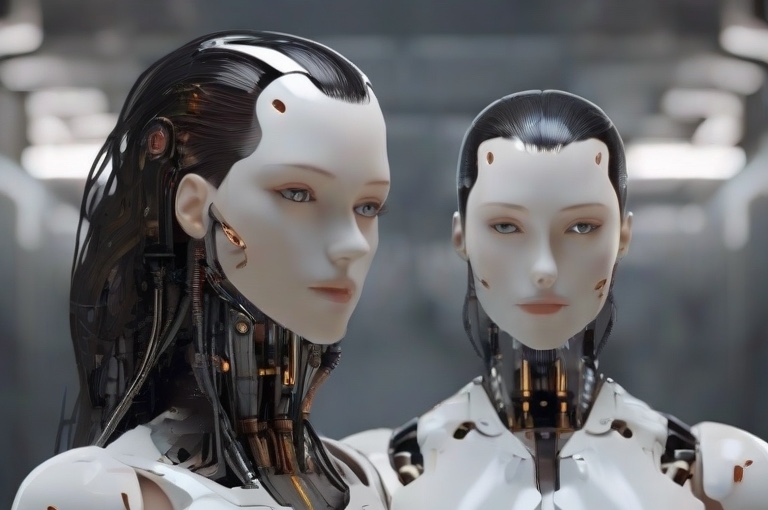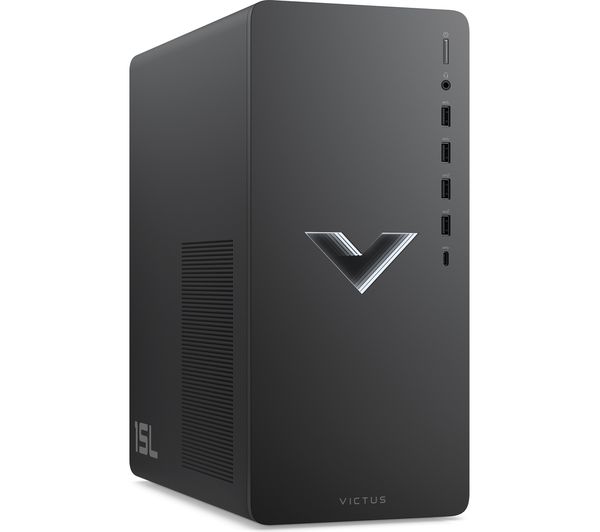Deep learning is a type of machine learning that uses artificial neural networks to learn from data, much like the human brain. Artificial neural networks are inspired by the human brain, and they can learn complex patterns and make predictions without being explicitly programmed.
It has been used to achieve state-of-the-art results in a variety of fields, including image recognition, natural language processing, and speech recognition. It is also being used to develop new applications in areas such as self-driving cars, medical diagnosis, and fraud detection.
This article provides a beginner’s guide to deep learning. It covers the basics of deep learning, including how it works, the different types of deep learning models, and some of the challenges involved in using deep learning.
What is Deep Learning?
Deep learning is a type of machine learning that uses artificial neural networks to learn from data in a way that is inspired by the human brain. Artificial neural networks are inspired by the human brain, and they can learn complex patterns and make predictions without being explicitly programmed.
A neural network is a network of connected nodes, each of which represents a simple function. The nodes are arranged in layers, with each layer connected to the layers above and below it. The input layer receives the data, and the output layer produces the predictions.
The neural network learns by adjusting the weights of the connections between the nodes. The weights are adjusted using a process called backpropagation. Backpropagation is an iterative process that starts at the output layer and works its way back to the input layer. At each layer, the weights are adjusted to minimize the error between the predictions and the actual data.
How Does Deep Learning Work?
Deep learning networks are trained on large datasets of labelled data. For example, a deep learning network that can recognize cats would be trained on a dataset of images of cats, each of which is labelled with the word “cat.”
The network starts by randomly assigning weights to the connections between the neurons. The network is then trained by showing examples from the dataset. For each example, the network makes a prediction, and the error between the prediction and the label is calculated. The weights of the network are then adjusted to reduce the error.
This process is repeated many times, and the network gradually learns to make better predictions. Once the network has been trained, it can be used to make predictions on new data.
Types of Deep Learning Models
There are many diverse types of deep learning models. Some of the most common types include:
- Convolutional neural networks (CNNs) are used for image recognition. CNNs can learn the spatial relationships between pixels in an image, which makes them well-suited for tasks such as object detection and facial recognition.
- Recurrent neural networks (RNNs) are used for natural language processing. RNNs can learn long-term dependencies between words, which makes them well-suited for tasks such as machine translation and text summarization.
- Generative adversarial networks (GANs) are used for image generation. GANs can create realistic images from scratch, which has applications in areas such as art and entertainment.
What can Deep Learning be used for?
Deep learning can be used to solve a wide variety of problems. Some of the most common applications of deep learning include:
- Image recognition: Deep learning can be used to identify objects in images. This technology is used in a variety of applications, such as self-driving cars and facial recognition software.
- Natural language processing: Deep learning can be used to understand human language. This technology is used in a variety of applications, such as machine translation and chatbots.
- Speech recognition: Deep learning can be used to recognize human speech. This technology is used in a variety of applications, such as voice-activated assistants and hands-free calling. Deep learning allows computational models to learn representations of data with multiple levels of abstraction. These methods have dramatically improved the state-of-the-art in speech recognition.
How to Learn Deep Learning
There are several resources available for learning deep learning. Some of the most popular resources include:
- Online courses: There are some online courses available that teach deep learning. Some of the most popular courses include Andrew Ng’s Machine Learning course on Coursera and Stanford’s CS231n course on Convolutional Neural Networks.
- Books: There are many books available that teach deep learning. Some of the most popular books include Ian Goodfellow’s Deep Learning book and Michael Nielsen’s Neural Networks and Deep Learning book.
- Tutorials: There are several tutorials available that teach deep learning. Some of the most popular tutorials include the TensorFlow tutorials and the PyTorch tutorials.
Challenges of Deep Learning
Deep learning is a powerful tool, but it also has some challenges. Some of the challenges of deep learning include:
- Data requirements: Deep learning models require substantial amounts of data to train. This data can be expensive and time-consuming to collect.
- Computational requirements: Deep learning models are computationally expensive to train. This is because they require many parameters to be adjusted.
- Interpretability: Deep learning models are often difficult to interpret. This is because the decisions they make are based on complex patterns in the data that are not always easy to understand.
Conclusion
Deep learning is a powerful technology that is rapidly becoming one of the most important technologies in the world. Deep learning has already been used to achieve state-of-the-art results in many areas, and it is sure to have a major impact on many more areas in the future.
If you are interested in learning more about deep learning, there are many resources available online and in libraries. You can also find many online courses and tutorials that can teach you the basics of deep learning.





















